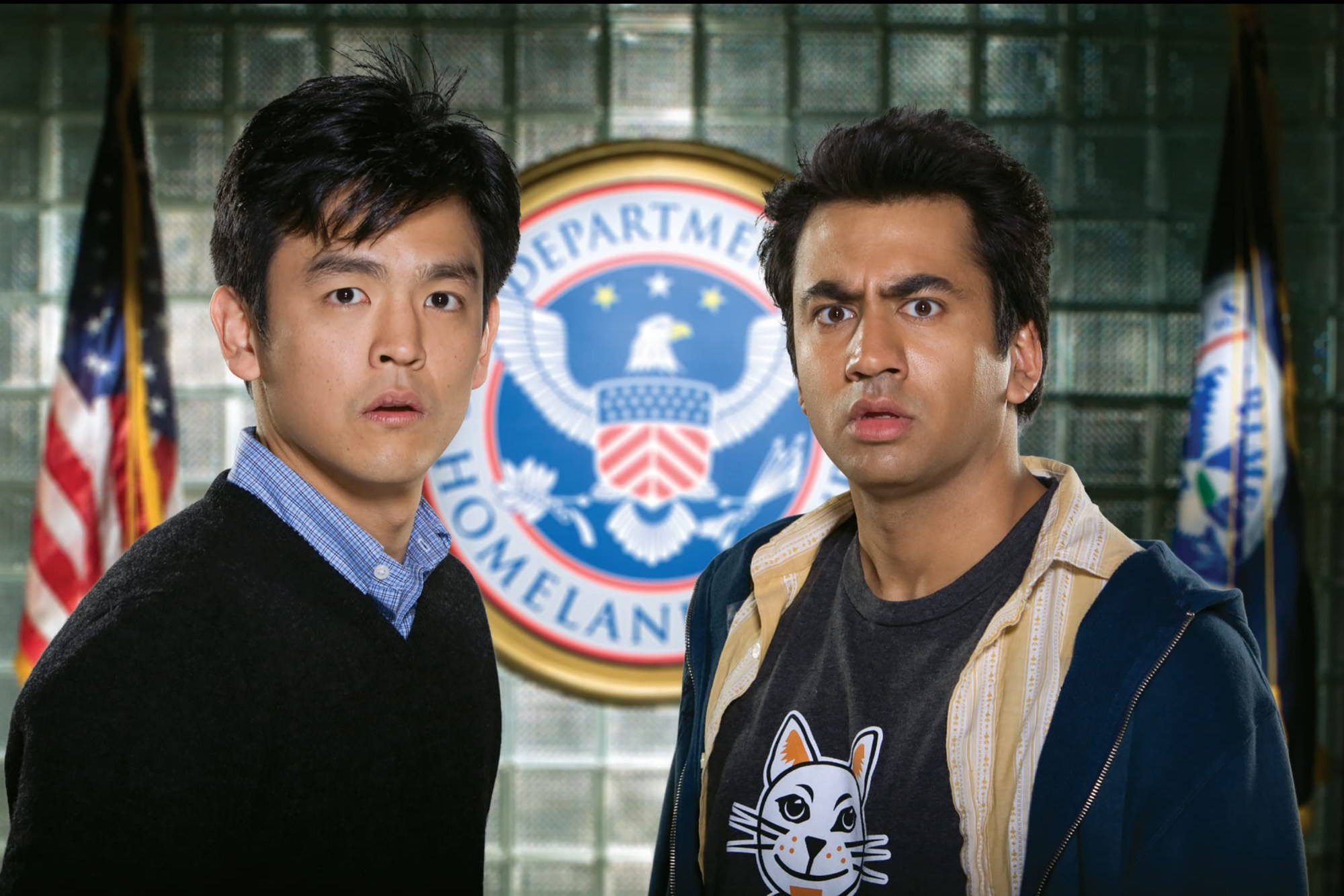
- Film
“Harold & Kumar” Franchise Provides Different Type of Trailblazing Opportunity for Asian Representation
When onscreen representation is discussed, it is most often first viewed through the more simplistic lens of access to roles.
Minorities and historically underrepresented groups are justifiably fighting for race-blind casting, as they strive to increase their representation in films and television shows to percentages on par with the population as a whole.
Various studies of American media, including the annual Hollywood Diversity Report. have admirably tracked progress in this regard, and serve up no shortage of statistics as to how Asian and Pacific Islanders (as well as other groups) are faring.
But old stereotypes die hard, and there is still a gap between being seen and fully embraced — between having a seat at the table, let’s say, and being able to sit in different seats at the table. As opportunities grew for other groups, Asian performers many times found themselves still stuck portraying two-dimensional roles that reflected only a handful of walks of life.
Cutting loudly against the grain of this stubbornly persistent tendency was the Harold & Kumar franchise, starring John Cho and Kal Penn. Launching in 2004 and running through 2011, the trilogy established an unlikely beachhead in differentiation for AAPI actors.
More than a decade before the cross-cultural celebration of Crazy Rich Asians, and long before onscreen representation’s current online conversational omnipresence, these films took two talented young performers of different Asian ethnicities, put them in a low-budget genre offering with some familiar elements (a “stoner” comedy), and let the pair cut loose by playing lead characters very much not frequently seen in other highly prescribed, stereotyped Asian American roles at the time. The result was a beloved little trilogy, with a fourth film now potentially on the way.
Screenwriters Jon Hurwitz and Hayden Schlossberg based Harold & Kumar Go to White Castle in part on friends from their shared high school experience. Harold Lee (Cho) is a young investment banker who has soured on the pressure and grind of his cubicle existence, where he’s repeatedly robbed of credit for his hard work. Meanwhile, his friend and roommate Kumar Patel (Penn) intentionally bombs a medical school interview, wary of following in the footsteps of his father and older brother.
Kumar, you see, would rather smoke marijuana and drift aimlessly through life. This creates some general friction with Harold but, on this one particular night, they indulge together. Afterward, the duo set out in search of the titular hamburgers, to satisfy their cravings. Hijinks ensue, including but not limited to a raccoon bite, accidental surgery, a car crash, racist cops, riding a cheetah, and picking up hitchhiker Neil Patrick Harris (co-starring throughout the series as a decidedly alternative version of himself).
Even though the film’s creators are Jewish and Caucasian, the ethnicity of their characters was no mere surface treatment. Hurwitz and Schlossberg invested heartily in issues of familial and cultural expectation (Korean and Indian, respectively), and Harold and Kumar’s differing methods of coping with the pressures they feel. The result offers up both an engaging subversion of racial stereotypes, as well as a very credible exploration of second-generation minority identity in early 21st-century America.
Released in 2008, against the backdrop of the ongoing, disastrous Iraq War, Harold & Kumar Escape from Guantanamo Bay doubled down on its signature mixture of bawdiness and surprisingly sly sociopolitical commentary, finding the title characters surviving the tenacious persecution of a virulently bigoted Homeland Security officer (Rob Corddry) plus a Ku Klux Klan rally, among other wild obstacles. The film also almost doubled the gross of its predecessor and found Hurwitz and Schlossberg jumping into co-directors’ chairs.
In 2011, Cho and Penn returned in A Very Harold & Kumar Christmas, which enjoyed a 3-D presentation in its theatrical incarnation. This film found the characters estranged but reunited, grappling with which parts of their friendship (if any) could survive into adulthood. Of course, there was still plenty of drugs and mayhem.
Together, the modestly budgeted Harold & Kumar movies have grossed over $103 million in theaters, powered in large part by Cho and Penn’s winning performances. They have also performed quite well in ancillary markets — raking in another whopping $73 million in home video sales.
When charting social progress, film writers and social historians often make the mistake of measuring it in only very staid and respectable terms — citing serious works that stand astride culture, and receive the blessing of the mainstream. But it’s important to remember, too, the very real value of projects like the Harold & Kumar franchise, which upend conventional big-screen depictions, successfully connect with a younger audience, and also inspire new generations of creatives to do the same.

